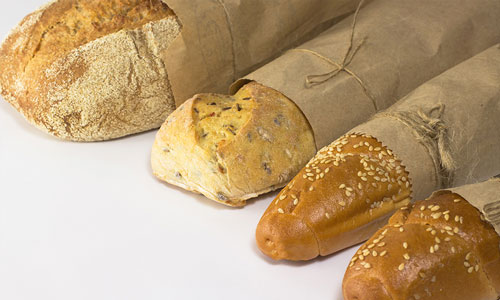5 food tips to help reduce high blood glucose levels
- Overview
1. Limit sugar intake
A bit of a no-brainer to start with.
Eating less sugar, particularly sucrose, will help lower your blood glucose levels. Before embarking on this, it will probably help to be very honest with yourself about how much sugar you currently consume, and try to reduce it a little each week.
2. Keep carbohydrates at 60%
Carbs shouldn’t make up more than 60% of each meal. The guideline daily amount (GDA) for carbohydrate is 230g per day for women and 300g for men. As carbohydrate is essentially a sugar, it should be limited if blood glucose is an issue. Try to imagine your plate as a pie chart to help plan your meals.
3. Make sure you eat healthy fats
Good, healthy fats (like Omega-3 found in some fish) should be a core part of your meals. These fats can help your heart health in general, so can help to mitigate the strain higher levels of sugar can put your blood vessels under.
4. Eat plenty of fresh fruit and veg
You should eat at least two pieces per day, but ideally this should be increased to five. If fruit and vegetables have never been part of your diet, start small and slowly build up.
Experiment until you find the fruit and veg that works for you.
High fibre options are preferable for the reasons stated below. Fruit and vegetables are also important because they deliver the appropriate vitamins and minerals that promote cardiovascular health.
5. Build fibre into your diet

Soluble fibre (such as that found in oats) can help improve blood glucose control if eaten in good amounts. Fibre can also add ‘bulk’ to a meal to help make you feel full, which can assist if you struggle with a consistently high appetite or with portion size and blood glucose levels.
However, you should be wary of over-relying on fibrous foods. Many foods that contain fibre (fruits, vegetables, whole grain breads, cereals, and pastas) also contain other types of non-fibre carbohydrate that do contribute to blood glucose and therefore don't always equate to being ‘risk free’.
Last updated Monday 25 April 2022
First published on Wednesday 30 March 2016

